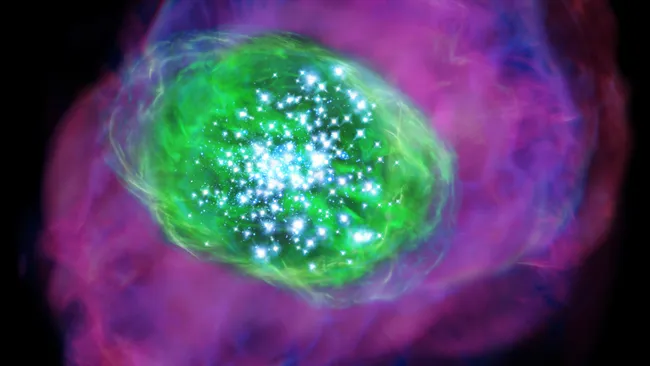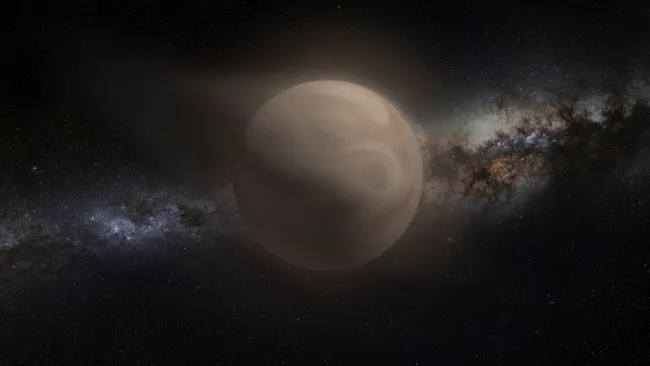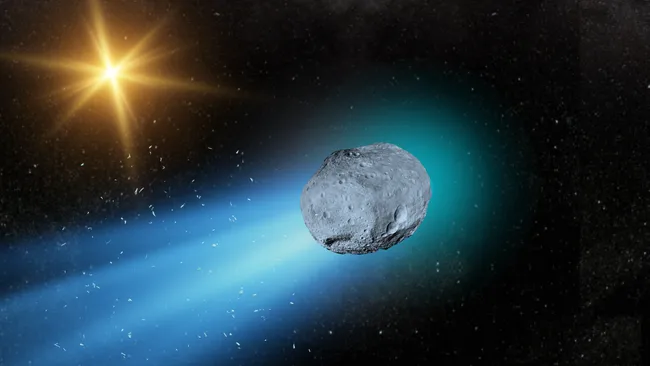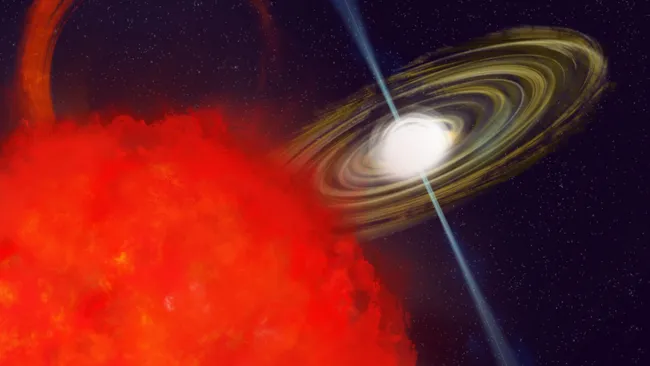A baby galaxy is throwing one heck of a tantrum, and its behavior is shaking up our understanding of the earliest galaxies in the early universe.
Recently, an international team of astronomers used the James Webb Space Telescope (JWST) to uncover a bright, young galaxy located deep in the early universe. Although it is not the earliest galaxy ever found, it is among the first generation of large galaxies to appear after the Big Bang. Specifically, this galaxy, known as SXDF-NB1006-2, arose when the universe was less than 500 million years old.
Because the galaxy is so far away, we are seeing it as it existed when it was only 1 million to 2 million years old. And this toddler galaxy is showing quite the dramatic behavior. It is forming stars at an extreme Star formation rate of around 165 solar masses per year, the astronomers reported in a paper published in October in the journal Monthly Notices of the Royal Astronomical Society. That rate is more than 16 times the Star formation rate of the Milky Way, making SXDF-NB1006-2 appear much brighter and bluer than a more modern, sedate galaxy like our own.
The Problem with the Tantrum: Outflows of Gas
But that is not all. When galaxies undergo rounds of intense star formation like this, they produce a large number of massive, bright stars. These stars cause two primary effects: First, they have tremendous outflows of particles and radiation, akin to a solar wind on steroids. Second, they die quickly, exploding as tremendous supernovas almost as soon as they are born.
All of this violent activity raises the temperature of the galaxy and causes huge plumes of outflows of gas to race outward. In the case of SXDF-NB1006-2, the astronomers measured outflows of gas speeds exceeding 310 miles per second ($500 text{ kilometers per second}$), which is three times faster than the escape velocity of the galaxy. In other words, that gas is never coming back.
Interestingly, although the baby galaxy was chock-full of young, bright stars, the measurement of heavy elements suggests there were more heavy elements present than should have been there, given the stellar ages. Since heavy elements can only originate from previous generations of stars, the astronomers suspect a population of older stars is tucked behind the bright lights of their younger siblings.
A Short, Bright Life
However, all of those outflows of gas are not good for the baby galaxy. Once the gas leaves, it never returns. And without gas, the galaxy cannot continue its intense star-making activity. The astronomers estimate that this galaxy will deplete itself of star-forming gas in only a few hundred million years. It will not die completely; as long as there is some gas, stars can still form, but they will do so at a much slower rate.
The astronomers suspect this kind of bursty young galaxy in the early universe may someday evolve into what is known as a massive quiescent galaxy in the modern-day cosmos. These galaxies accumulate a lot of gas but convert most of it into stars rapidly. Burning the candle at both ends, they run out of fuel, while more slow-paced galaxies, like the Milky Way, keep churning out new stellar generations for billions of years.
In general, the James Webb Space Telescope (JWST) is consistently finding early galaxies that tend to be brighter and larger than our initial, “naïve” predictions of galaxy growth suggested. It is, as the report notes, like finding teenagers sitting in a kindergarten class. While it doesn’t break our fundamental understanding of the Big Bang picture, it clearly indicates that we have much more to learn about how the early universe truly worked.







